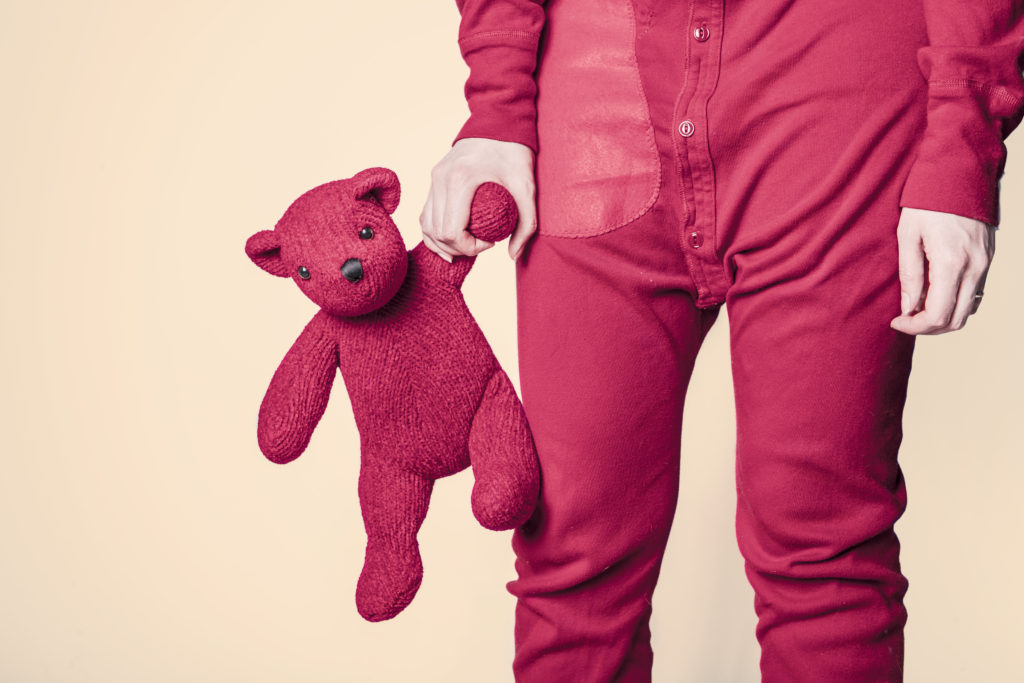
For most of my life, I’ve been one of those people who could fall asleep anywhere. This is both a rich blessing and potentially a mortifying curse, of course.
Airplanes? Hotels? Weird bedrooms? Check.
Class? Church? Rollercoaster? Check. (Except the last one. Kidding. That would be narcolepsy.)
But my daughter–as I wrote you last summer–has wrestled with insomnia for the last year. We believe it to be somewhat performance-anxiety related.
Read our story of WHY AND HOW TO TELL KIDS, “IT’S OKAY NOT TO BE PERFECT”But every night, and especially with a night away from home, sleep is a thing.
And of course there’s the super-fun insomnia effect of, Oh, shoot! I’m not sleeping! That makes me more nervous, which makes it just that much harder to actually sleep.
Uncovering the “Why’s”
Below, I’ll hand you some of our favorite methods, because sleeplessness seems to be on the rise.
But wait (really). Before I do–since I’m all about these meaningful/uncomfortable conversations: What’s underneath your child’s insomnia?
Fact: Over 10 years, there’s been a 17% increase in the diagnosis of anxiety disorders in kids.
What if understanding the fears that keep our kids (literally) from resting is an opportunity?
See, we can restate to them their source of value. It’s a time to be present with them and really engage–because what we fear is so closely tied to who we are, what we worship.
Could sleeplessness be an opportunity to speak to your child’s heart?
As my heart was breaking for my girl, I got to tell her something like this:
Trying to be perfect all the time can make us really nervous, depressed, busy, and fake.
You don’t need to be afraid of not being perfect, or even of disappointing people.
Jesus loves you. So you can do all this great stuff–loving people, being kind, achieving. But don’t do that stuff so he’ll love you. That’s backwards.
Our kids’ fears are a chance to bathe their developing brains in God-realities stronger than their fears–and start widening those neural pathways with truths they’ll need for a lifetime.
So how does who God is, and what he’s done for us, address what scares their hearts the most? For tips on this, see Holes–and why it’s important to know yours (and your kids’).
FREE Infographic: Helping Kids Deal with Their Fears
Help-Me-Sleep Tips That Work for Us
Develop a reliable, calming bedtime routine to signal “rest” to your body. Begin at least a half an hour before bedtime.
Make a list of sleep-promoting strategies for your child to consult.
-
- Evaluate the light, temperature, and noise in your child’s room.
-
- Recommend they don’t look at the clock.
-
- Make sure kids are getting lots of exercise during the day.
-
- Cuddle for awhile.
-
- Shut off all screens 30 minutes to an hour before bed. Blue light from screens has been shown to disrupt sleep and falling asleep.
-
- Make a cup of calming tea, like chamomile Celestial’s Sleepytime.
-
- Diffuse or roll on relaxing essential oils. Grab a rollerball recipe and list of sleep-promoting oils here.
-
- Rethink kids sleeping in your bed (Comedian Jim Gaffigan: “My wife and I have an open door policy. If one of our kids has a nightmare, they are free to come in our room and pee in our bed”). Kids can bring in a blanket and pillow–or hey, grab one you’ve set out–and sleep beside the bed, at the foot of the bed, whatever.
-
- If you’re having a hard time breaking this with an older child, allow them, say, one “pass” to come into your room every two weeks. Gradually increase the time between each pass. (You could also incentivize this: 5 minutes of screen time when you stay in your bed!)
-
- Consider a weighted blanket, like this one we found on Amazon. Check out the research here on weighted blankets.
-
- Stretching. See this article on the why’s and how-to’s.
-
- Try white noise: A fan. Rain sounds. You get the idea.
-
- Allow your child to read with a low light (no blue-light screens) until they feel more tired. Reading 6 minutes a day is said to reduce stress up to 68%.
-
- Try the box-breathing method. Essentially, kids can picture a square as a diagram: As you travel up the first leg of the square, inhale for 4 seconds. Across the top of the square, hold that breath 4 seconds. Proceeding down the side of the square, exhale for 4 seconds (some studies indicate a longer exhale is more effective[1]). To “close” the square, breathe normally for 4 seconds.
- Eye-rolling (I’m totally serious) with eyes closed is thought to possibly produce melatonin, a sleep-inducing hormone. (Melatonin is available over the counter, but you’d want to check with a pediatrician before trying it, particularly to obtain a recommended amount and assess any risk factors.) Older kids can try rolling eyes horizontally 10 times, vertically 10 times, diagonally 10 times each way, and rolling clockwise and counterclockwise 10 times. If it doesn’t work, have them try again in six minutes.
What are your best methods for helping sleepless kids get their zzz’s?
Comment below!
[1] https://www.psychologytoday.com/us/blog/the-athletes-way/201905/longer-exhalations-are-easy-way-hack-your-vagus-nerve

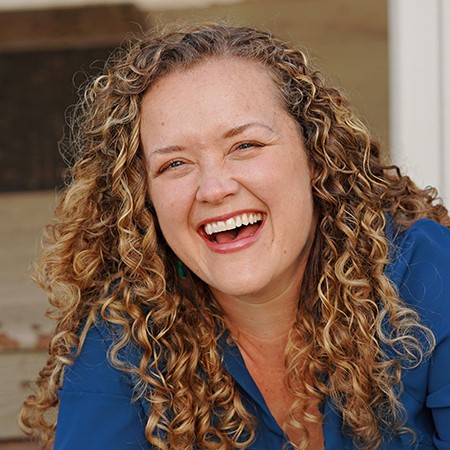

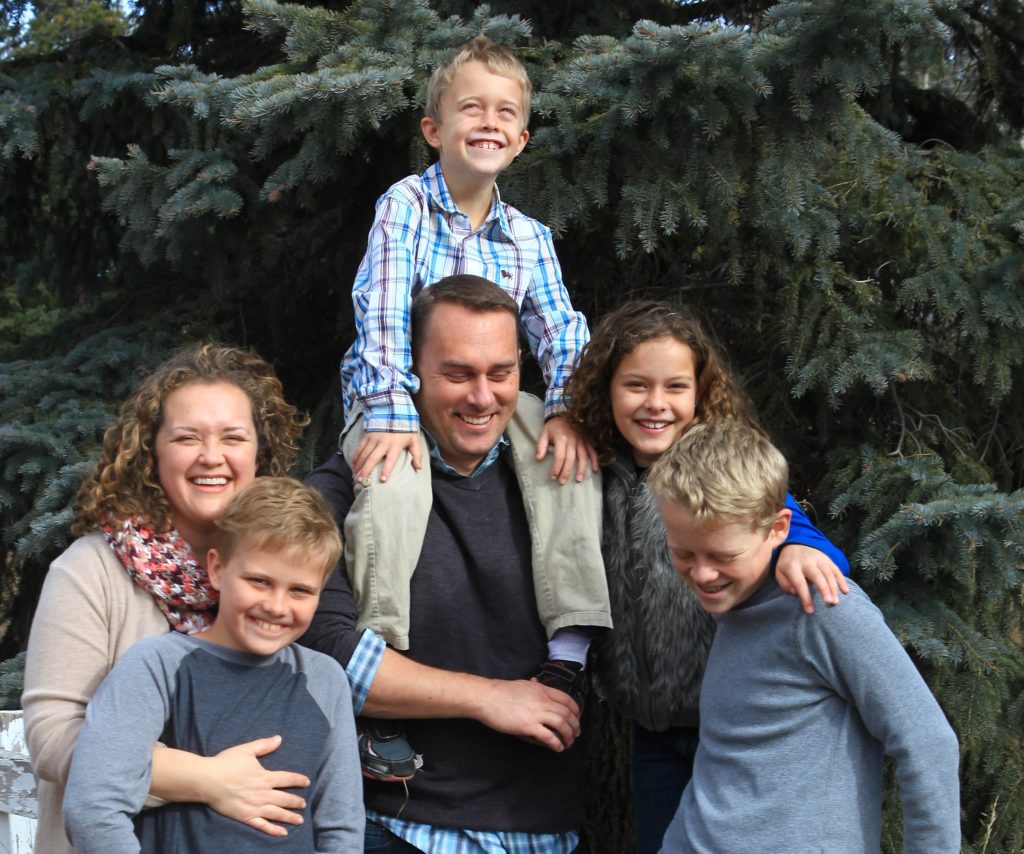

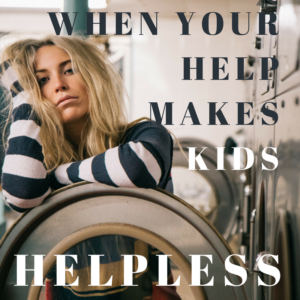
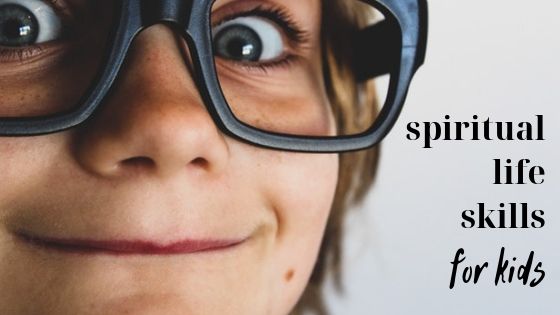

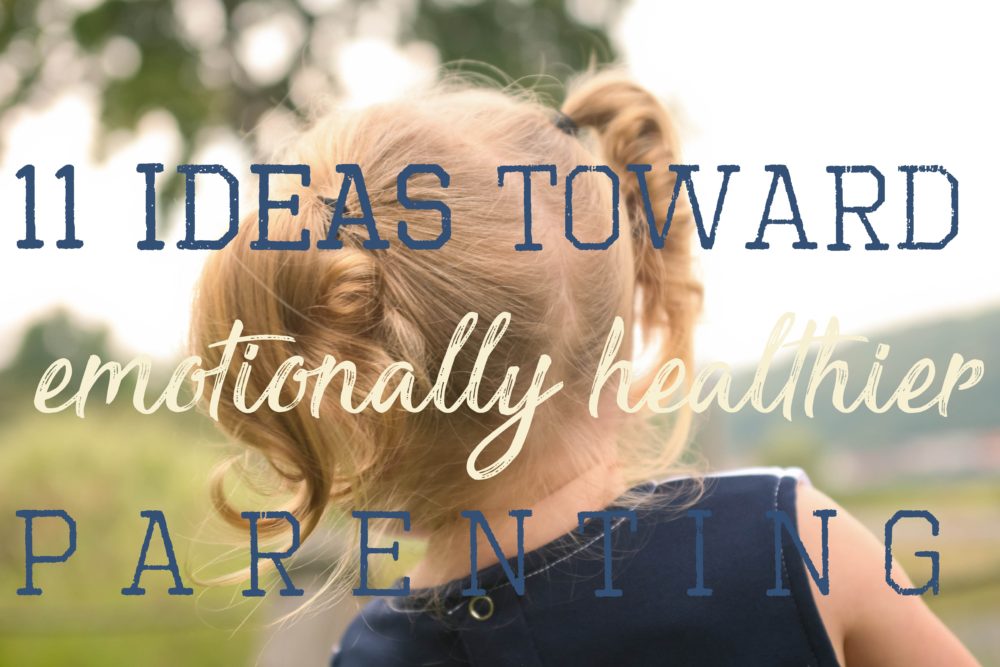

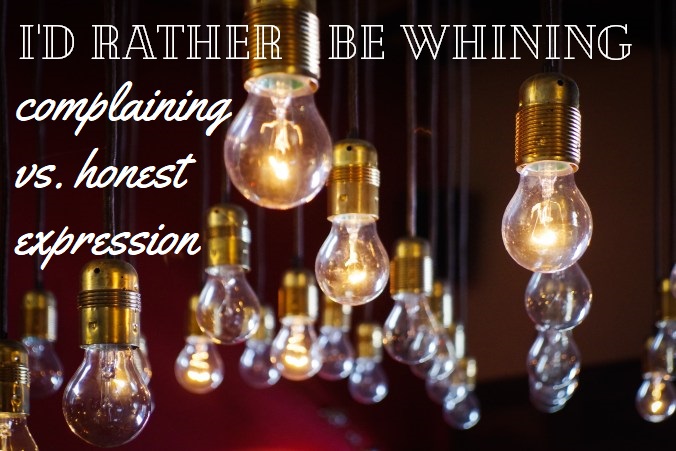

![Now You're Speaking My [Love] Language Now You're Speaking My [Love] Language](https://www.janelbreitenstein.com/wp-content/uploads/2015/08/love-languages-text-1.jpg)





Leave a Reply